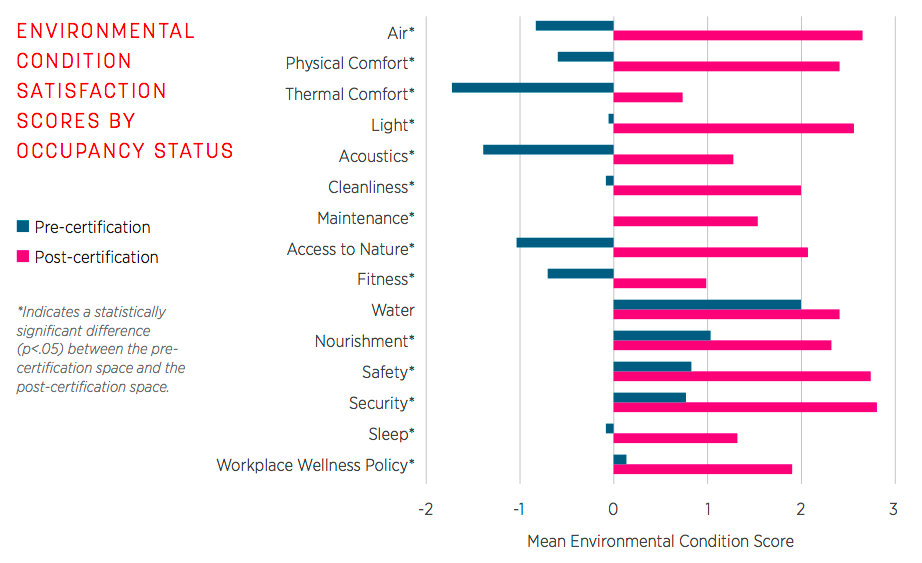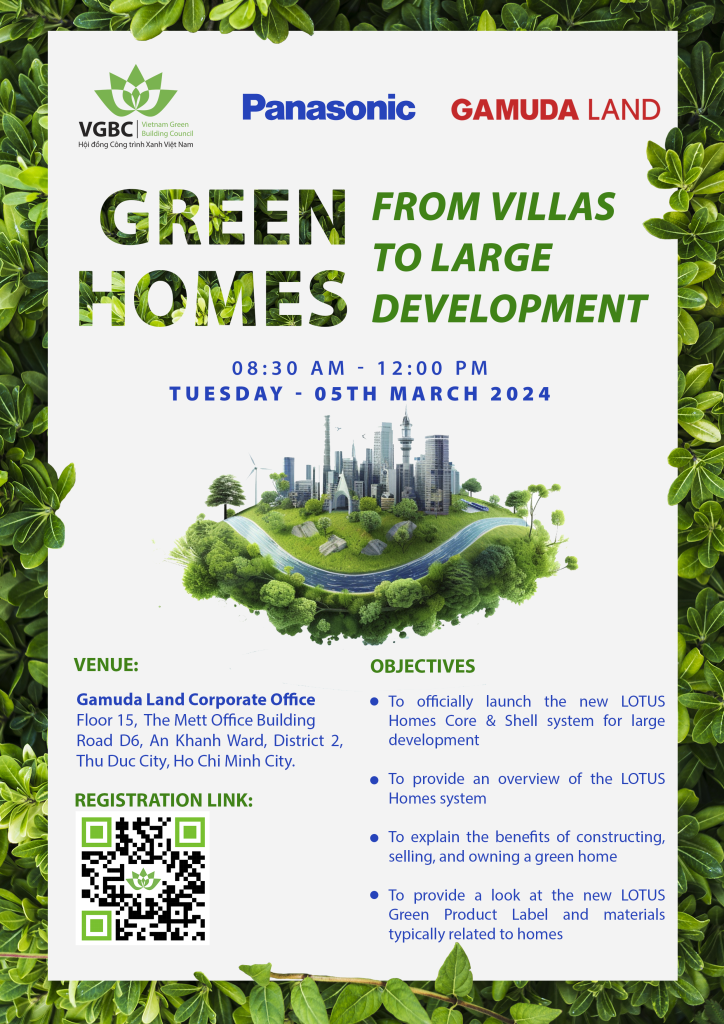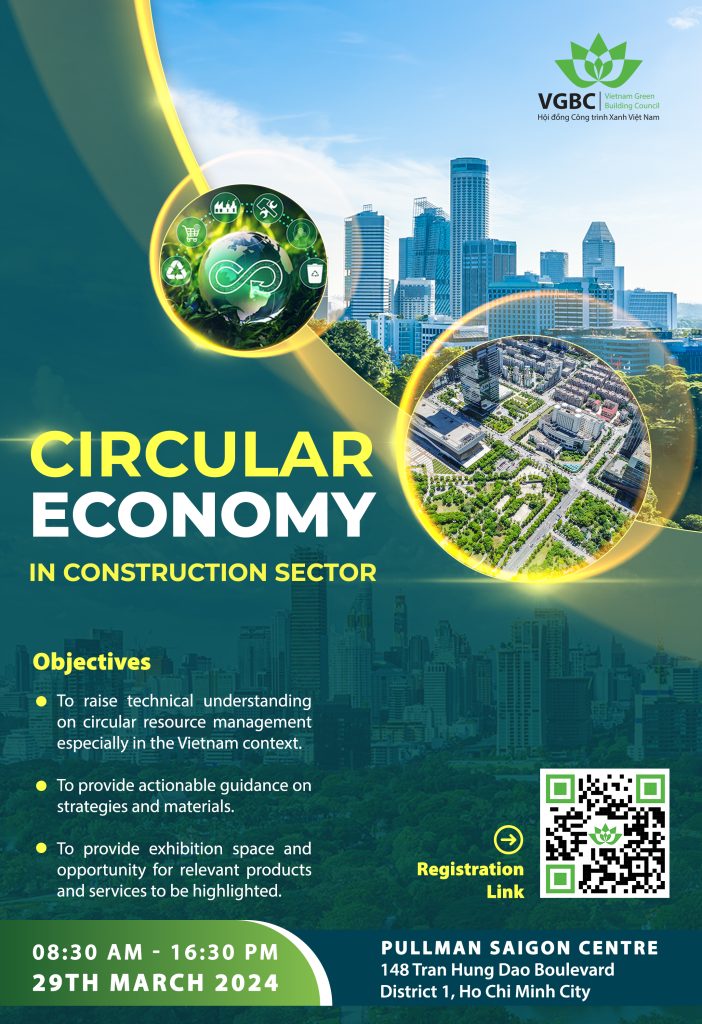Office design can enhance wellness, productivity, and cost savings, according to research from ASID.
Could moving to a new office help you sleep better? A quarter of the employees at the American Society of Interior Designers (ASID) claim that better lighting during the day at their new workplace improved their sleep quality at night.
These findings and more are part of a new report from ASID about how office design affects indoor environmental quality, wellness, and even the potential to save employers money. The report comes out of pre- and post-occupancy studies undertaken by ASID with Cornell University and other research partners during 2015 and 2016.
Temporary office versus double-Platinum HQ
When ASID moved into temporary offices during the design and construction of its new headquarters, the organization saw an opportunity: why not compare the temporary space with the new headquarters to learn how the workplace might affect occupants’ well-being and productivity? “Measuring twice” by doing both pre- and post-occupancy surveys is seen as a more accurate research method than doing post-occupancy research in isolation.
The research tested “workspace extremes” intentionally, the study says, to create a clear contrast between top-notch design and relatively poor conditions. As hoped, the difference in indoor environmental quality between the old space and the new—which achieved Platinum ratings under both LEED for Commerical Interiors and the WELL Building Standard—was significant. Acoustics improved by 50%, lighting by 63%, and ventilation by 158%.

Occupant satisfaction: the numbers
Occupants’ positive responses to these and other changes were clear:
- Collaboration improved, with 71% of employees agreeing with the statement, “My workplace helps facilitate communication between employees.” Just 39% agreed in the temporary office.
- Scores for “place attachment” improved by 69% compared with the temporary office. According to a statement from ASID, “having positive emotional bonding with a place, which people may unknowingly experience, is likely to contribute to their well-being.”
- Absenteeism dropped dramatically, from a score of –0.025 (indicating employees were working 2.5% less than expected) to a score of 0.16 (indicating employees were working 16% more than expected).
- “Presenteeism,” a self-assessment of productivity, increased 16%.
- Even sleep quality improved, with 25% of employees crediting the “circadian lighting” in the space. A circadian lighting system changes color temperature throughout the day to mimic changes in daylight.
ASID expects these effects from the new headquarters to boost employee retention, which in turn saves employers money. The report did not provide a dollar estimate of these savings.

 Tiếng Việt
Tiếng Việt





